The Uncharted Path: How Individual-Spontaneously Organized Recovery Programs Foster Lasting Sobriety
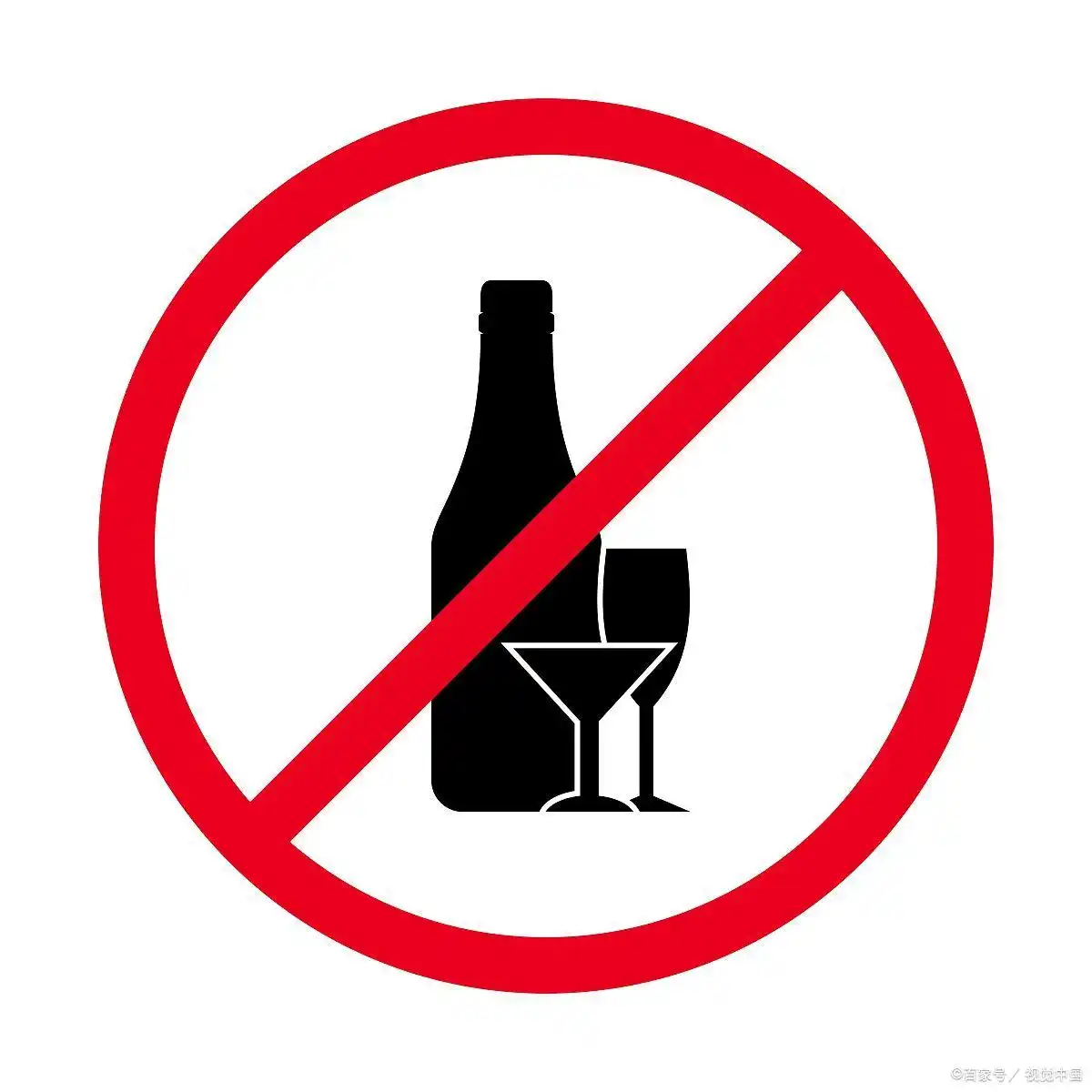
For generations, the journey to alcohol abstinence has often been perceived through the lens of structured, institutional frameworks. Programs like Alcoholics Anonymous (AA), SMART Recovery, and clinical rehabilitation centers have provided a well-trodden path for millions, offering community, accountability, and a defined set of steps. Yet, a quieter, more personal revolution is taking place. In the digital age and within the intimate spaces of individual lives, a new paradigm is emerging: the Individual-Spontaneously Organized (ISO) Alcohol Recovery Program. This model represents a deeply personalized, self-directed approach to sobriety, where the individual becomes the architect of their own recovery, assembling tools and strategies that resonate uniquely with their psyche, lifestyle, and needs.
The term "spontaneously organized" might seem like a paradox, but it perfectly captures the essence of this process. It is not haphazard; rather, it is an organic, responsive, and iterative system built from the ground up. It begins not with a formal admission into a program, but with a pivotal moment of clarity—a "rock bottom" or a simple, profound realization that life with alcohol is no longer sustainable. From this moment, the individual embarks on a quest for knowledge and tools, curating a recovery plan from a vast and accessible universe of resources.
The Architecture of a Personal Program
An ISO recovery program lacks a standardized blueprint, but its construction typically involves several key components, consciously chosen by the individual.
-
Information Synthesis: The foundation is laid with research. The individual becomes a student of addiction, consuming books ("This Naked Mind" by Annie Grace, "Alcohol Explained" by William Porter), scientific articles, podcasts, and online forums. This self-education demystifies addiction, framing it as a neurological and habitual challenge rather than a moral failing. This knowledge empowers the individual, replacing shame with understanding and providing the scientific rationale for abstinence.
-
Tool Curation: Unlike a one-size-fits-all program, the ISO model allows for a "choose-your-own-adventure" approach to recovery tools. One person might find solace and mindfulness through a daily meditation practice using an app like Headspace or Calm. Another might adopt physical fitness as a cornerstone, channeling newfound energy and time into running, weightlifting, or yoga. Nutritional changes often accompany this, as the individual learns to nourish a body long deprived of proper care. Journaling becomes a powerful tool for processing emotions, tracking triggers, and celebrating milestones—a private, unfiltered dialogue with the self.
-
Selective Community Engagement: This is a critical distinction from total isolation. Spontaneously organized does not mean solitary. Instead, it involves strategically engaging with communities without surrendering complete autonomy. An individual might lurk on subreddits like r/stopdrinking, drawing strength from shared stories without formally committing to the group's principles. They might participate in online forums or follow sober influencers on social media for daily inspiration. The key is that the individual controls the degree and nature of their engagement, taking what serves them and leaving what does not.
-
Identity Reformation: At its core, the ISO program is about rebuilding an identity. For years, the individual's social life, stress management, and self-concept may have been intertwined with alcohol. The spontaneous program actively creates a new sober identity. This involves redefining fun, learning new social skills, finding hobbies that are incompatible with drinking, and consciously narrating one's life story from "a person trying to quit" to "a non-drinker." This cognitive shift is powerful and self-reinforcing.
The Strengths of the Spontaneous Model
The appeal and effectiveness of this approach lie in its inherent strengths, which address some of the potential shortcomings of traditional programs.
- Autonomy and Empowerment: The sense of agency is profound. Recovery is not something being done to the individual; it is something they are actively building for themselves. This fosters immense personal strength and resilience. Every sober day is a personal victory, a testament to their own curated system's effectiveness.
- Elimination of Dogma: Some individuals struggle with the spiritual framework of programs like AA or the perceived rigidity of other methods. The ISO model is agnostic. It is purely pragmatic, focused on "what works." This allows individuals who are secular, skeptical, or simply resistant to external authority to engage fully with recovery on their own terms.
- Flexibility and Adaptability: Life is not static, and neither is an ISO program. If a particular strategy stops working—if meditation becomes tedious or a certain online community turns negative—the individual can immediately pivot and integrate new tools without any sense of breaking rules or failing a step. The program evolves as the individual evolves.
- Privacy and Reduced Stigma: For many, the public admission required in group settings is a significant barrier. The ISO model offers a path to recovery that can be entirely private, mitigating fears of social or professional stigma. This allows the individual to focus on healing without the added anxiety of public disclosure.
Navigating the Challenges
This path is not without its perils. The very independence that defines it can also be its Achilles' heel.
- The Accountability Gap: Without a sponsor or a group expecting your presence, the only accountability is to oneself. During moments of extreme stress, emotional turmoil, or wavering resolve, this internal accountability can feel insufficient. The temptation to secretly relapse, with no one to notice, can be overpowering.
- Risk of Isolation: While selective engagement is a feature, it can devolve into dangerous isolation. Human connection is a vital component of recovery. If an individual withdraws completely, they cut themselves off from the empathy, shared experience, and encouragement that can be crucial during difficult times.
- Lack of a Crisis Plan: Traditional programs often provide immediate support structures for moments of crisis. An individual on a spontaneous path must have the foresight to build their own safety net—a trusted friend, a hotline number, a pre-written list of reasons to stay sober—before the crisis hits. Without this, a single moment of weakness can undo months of progress.
- Reinventing the Wheel: There is a risk of spending excessive energy designing a system that overlooks proven, foundational principles of recovery, such as the need to address underlying trauma or mental health conditions. This is where the "organized" part of "spontaneously organized" is critical; the curation must be informed and comprehensive.
The Synergistic Potential
The most successful recovery journeys may not be a strict choice between traditional and spontaneous models but a synergistic blend. An individual might use an ISO approach as their primary framework while occasionally attending a group meeting for a boost of communal strength. They might work with a therapist specializing in addiction (a professional guide) while maintaining their personalized toolkit of meditation and fitness. The future of recovery may lie in this hybrid model, where individuals feel empowered to build a bespoke program that leverages the strengths of both external structures and internal wisdom.
In conclusion, the rise of Individual-Spontaneously Organized Alcohol Recovery Programs is a testament to the human capacity for self-directed healing. It is a movement towards personalized healthcare in the most intimate sense. It acknowledges that while the disease of addiction may have commonalities, the pathway to recovery is as unique as the individual walking it. By embracing autonomy, curating resources, and building a sober identity from the inside out, countless individuals are quietly, successfully charting their own uncharted path to a life of freedom from alcohol, proving that the most powerful program is often the one we design for ourselves.
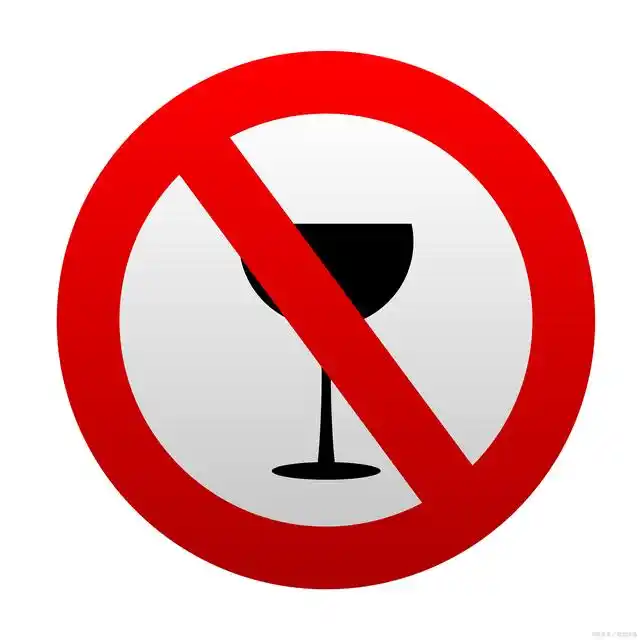
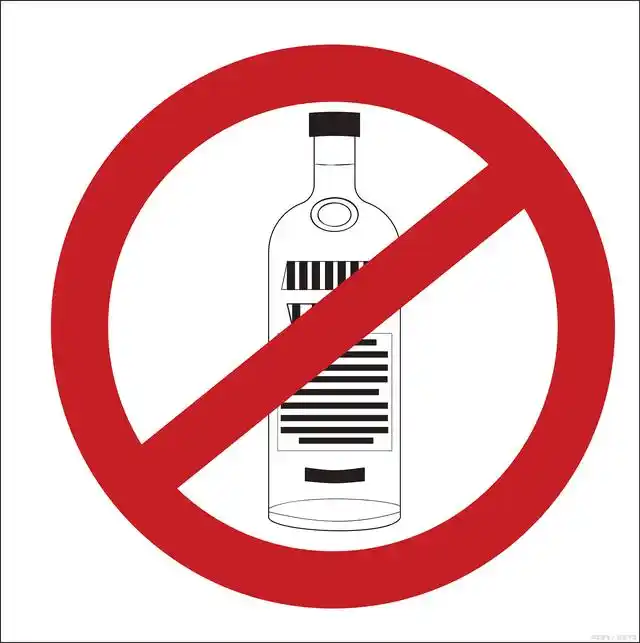
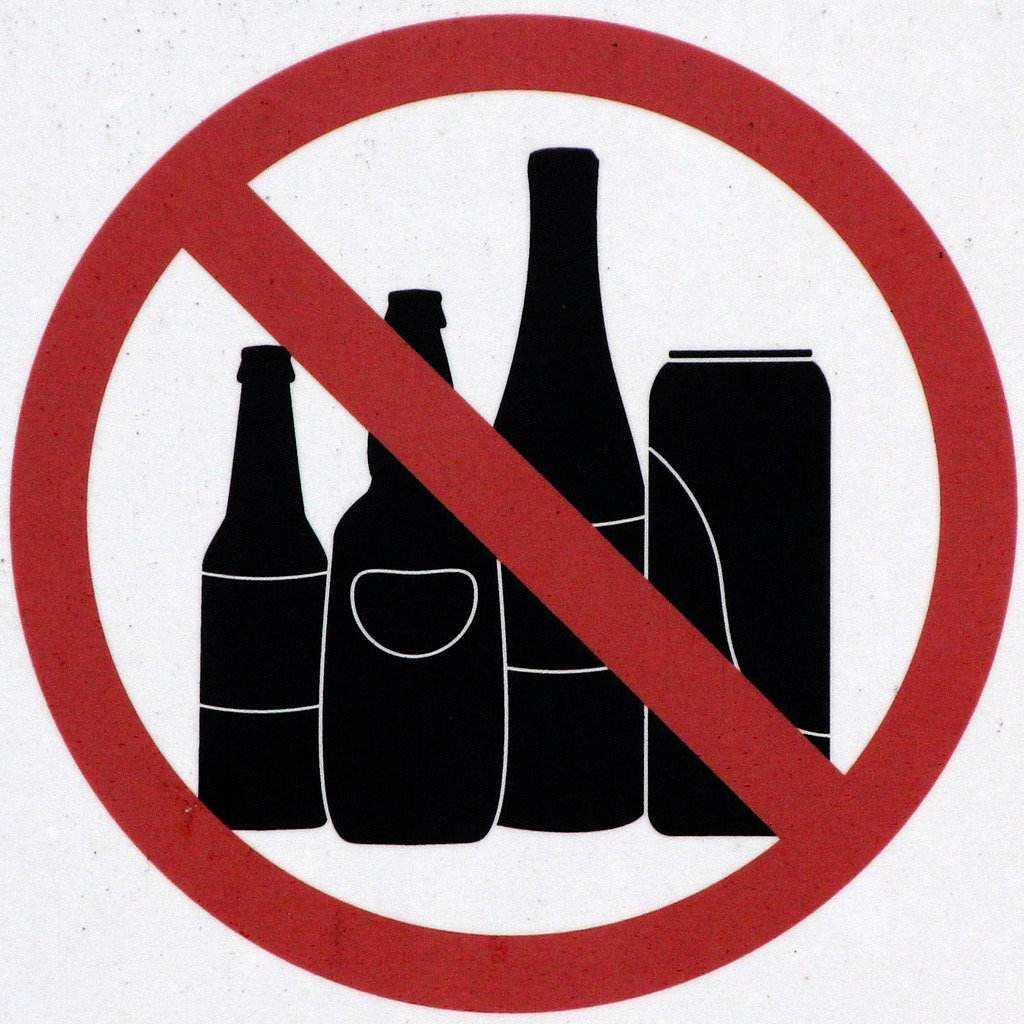
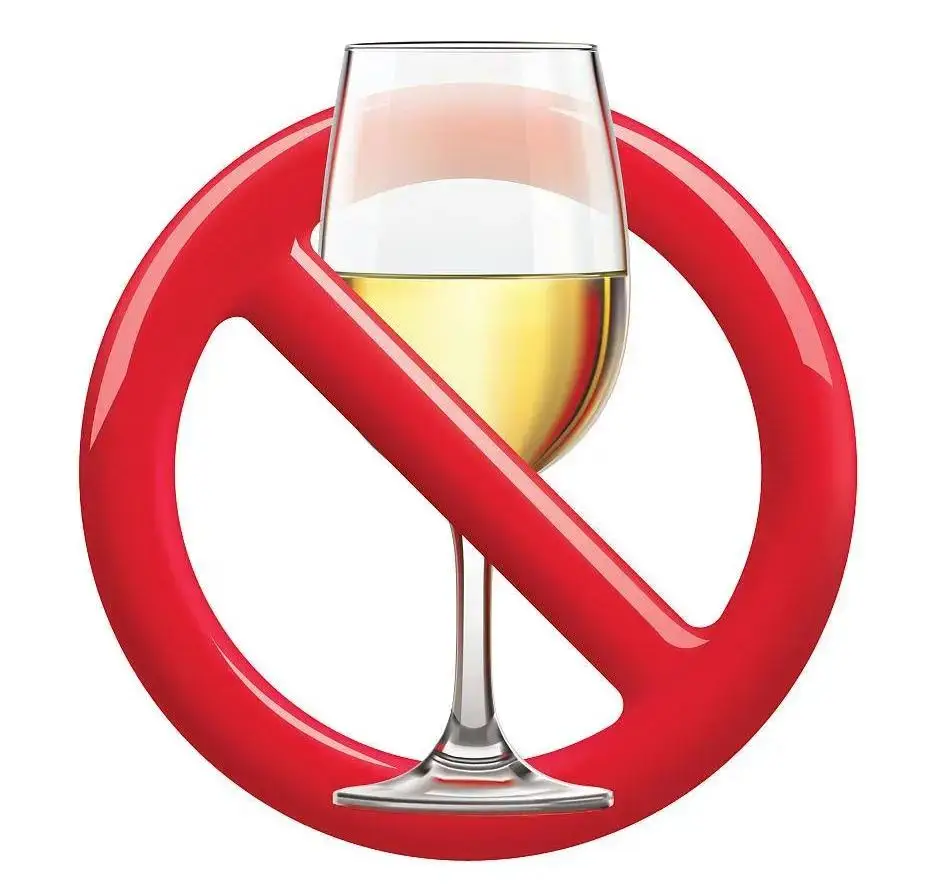
发表评论